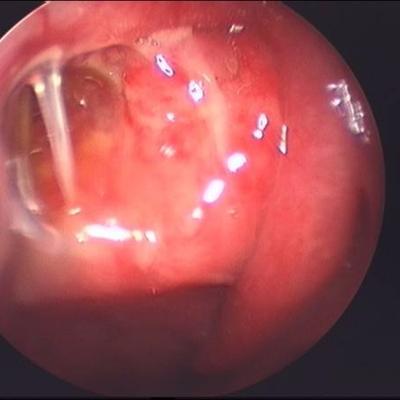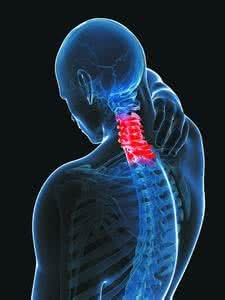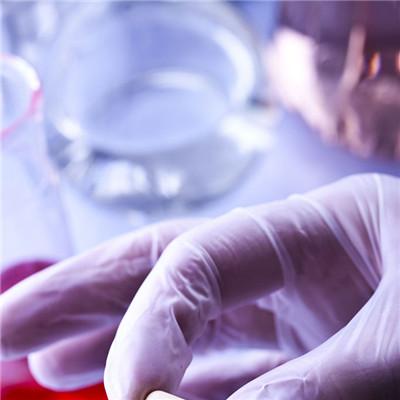How should dicarboxylic amino acid urine be diagnosed?
summary
Dicarboxylic aminoaciduria is a clinical symptom of renal aminoaciduria, which is caused by the dysfunction of glutamate and aspartate transport in renal tubules and small intestine. Renal aminoaciduria is a group of renal tubular diseases, which is mainly caused by the dysfunction of amino acid transport in proximal renal tubules, resulting in the excretion of a large number of amino acids in urine. Now let's talk about how to diagnose dicarboxylic amino acid urine?
How should dicarboxylic amino acid urine be diagnosed?
1. This disease is due to the hereditary membrane transport defect, which leads to the increase of urinary amino acid excretion. The occurrence of this disease is the consequence of the change of membrane carrier caused by autosomal recessive genetic disease. In normal condition, the glomerular filtration amino acids are almost completely reabsorbed in the proximal tubules by specific energy transport. In the case of congenital abnormal metabolism of amino acids, the concentration of amino acids that are not well metabolized increases in the plasma, but appears in the urine. This is due to the increase of ultrafiltration load, not the defect of renal tubular transport. When the transport of amino acids in proximal renal tubules is defective, the reabsorption of amino acids will be impaired and the levels of amino acids in urine and blood will be decreased. When the reabsorption of one amino acid is impaired, the reabsorption of other amino acids through the same transport system can also be reduced, resulting in more extensive amino acid urine, such as cystinuria.
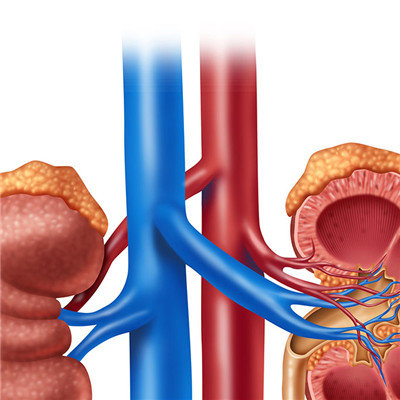
2. When one amino acid metabolism is abnormal and accumulates in the body, excessive ultrafiltration can inhibit the reabsorption of other amino acids in the same transport system, such as beta- Alanine amino transfer abnormalities, the occurrence of hyperalaninemia, and a large number of taurine, isobutyric acid, beta in urine- Alanine. When the brush edge or basement membrane of renal tubular epithelial cells leaks, the reabsorbed amino acids flow back from the cells into the lumen, causing extensive amino acid urine, such as Fanconi syndrome and lysinuria. When a metabolite accumulates in tubular epithelial cells, it can inhibit reabsorption rate and cause amino acid urine, such as galactosemia and congenital fructose intolerance. Galactose phosphate or fructose phosphate can accumulate in tubular cells.
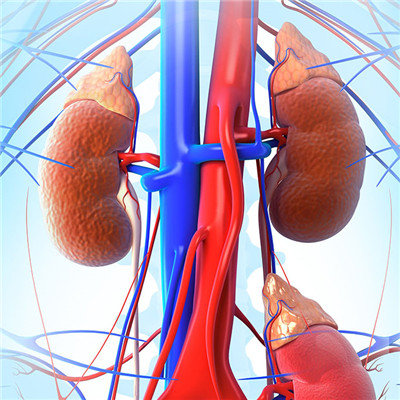
3. Specific renal amino acid urine: there are a lot of cystine and three kinds of diamine amino acids (lysine, arginine and ornithine) in urine. Cystine crystals can be seen in concentrated urine sediment in patients with large urinary cystine excretion (730mg per day on average). Cystine, lysine, arginine and ornithine are all positive in three subtypes of homozygous urine, Cystine and lysine were also positive in the urine of heterozygotes of type II and III patients.
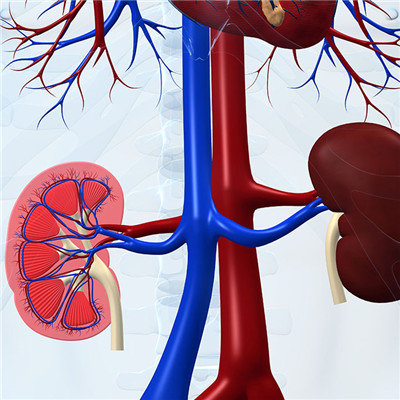
matters needing attention
1. To prevent breast milk shortage in infancy, and to prevent excessive intake of high animal protein, high refined sugar and oxalic acid rich food in childhood. 2. Patients with urinary tract infectious diseases should be treated in time for early recovery. 3. Secondary stones should be treated actively. 4. Drink more water and take part in more sports. 5. In case of lumbar pain, turbid urine or occasional hematuria, timely medical examination should be carried out.



